Monasterio de San Jerónimo, Granada
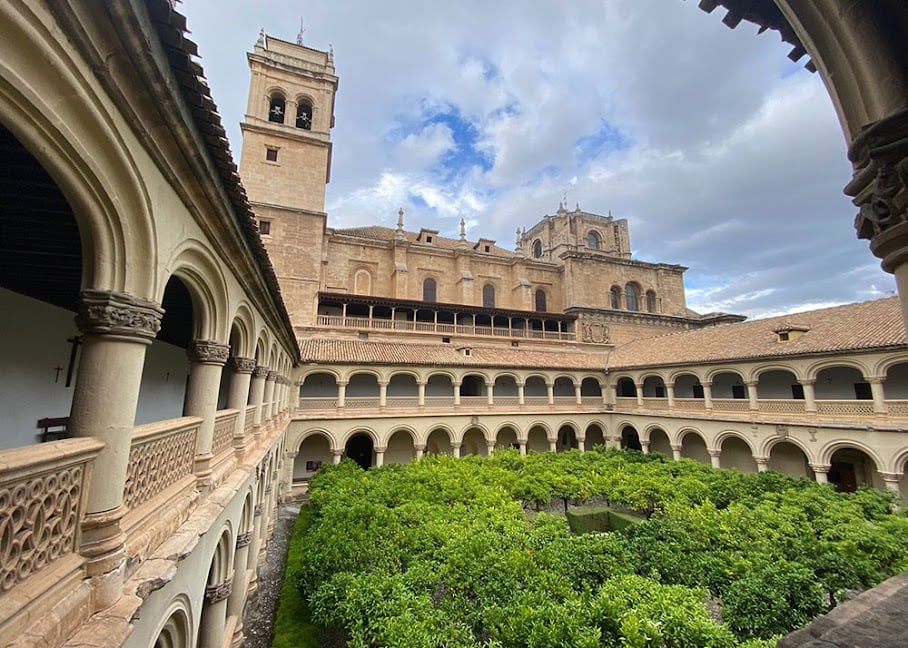
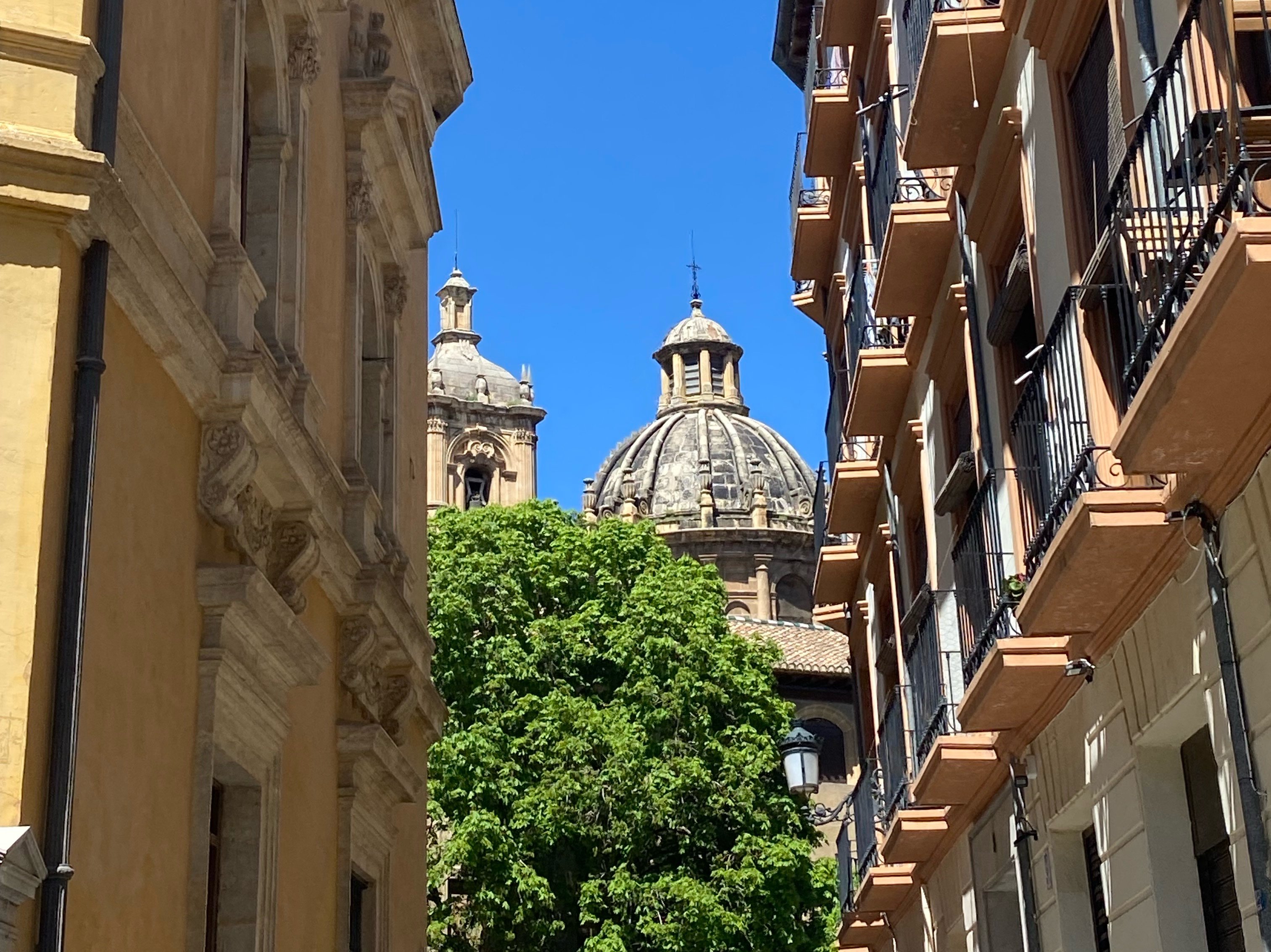
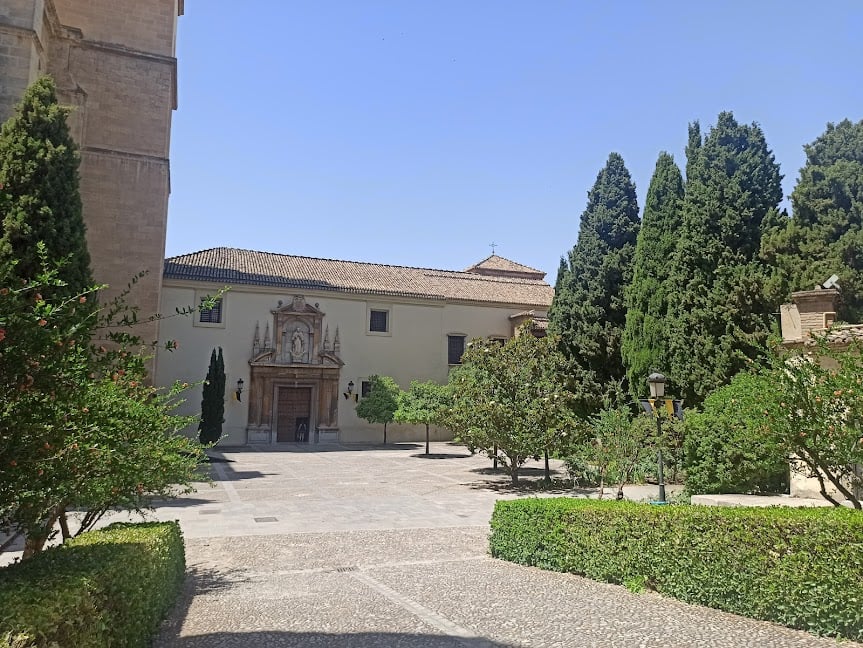
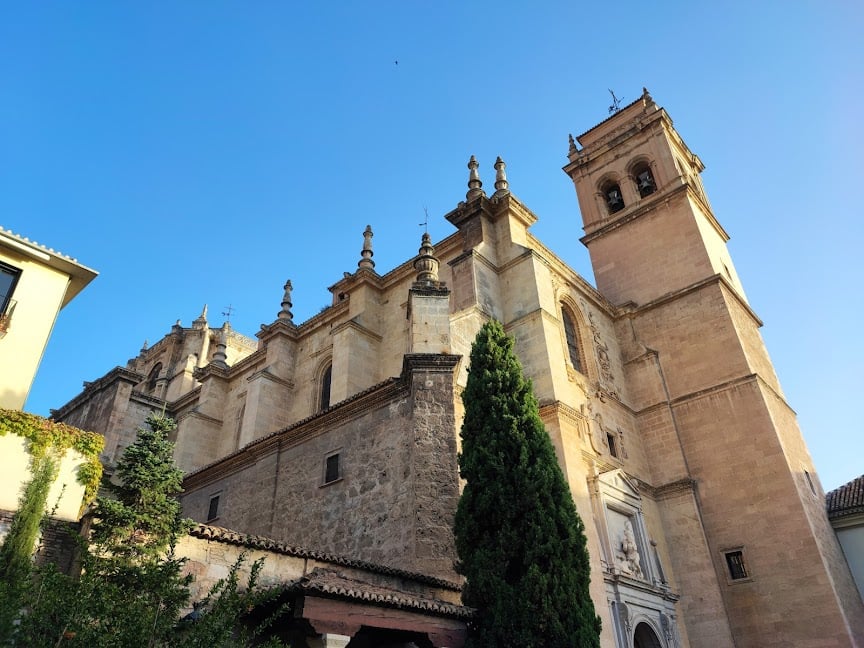
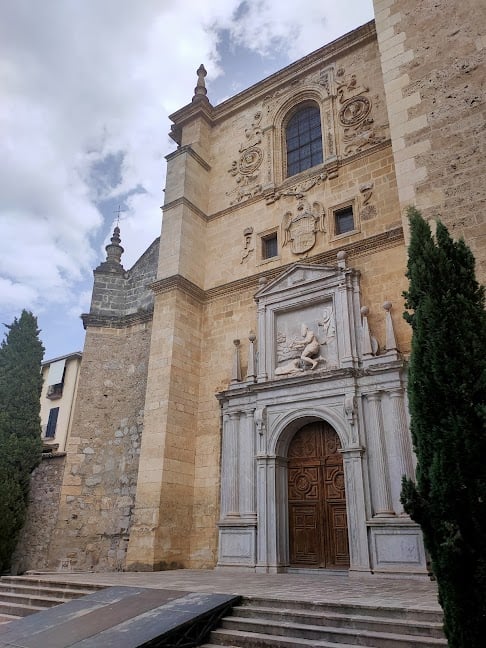
Ask ThatchGPT
Suggest a local expert to plan my trip
Suggest an unique itinerary for my Granada trip
What foods do Granada locals eat
What are some true hidden gems in Granada
Help me brainstorm trip ideas for Granada
Help me plan a family-friendly trip to Granada
What people say
Pedro Pereira
Available for hire
"The construction of the Monastery of San Jerónimo began shortly before one of the most important chapters in the history of Granada: the Reconquista. However, in 1504 the Catholic Monarchs decided to move the monastery's works to its current location and commissioned the work to Diego Siloé.
Although the building was initially planned in a Gothic style, the end result was a Renaissance monastery with a large church with a Latin cross plan inside. Much of the work was financed by the widow of the Grand Captain (Gonzalo Fernández de Córdoba y Aguilar), whose remains are housed in the monastery.
The Hieronymite Order lived in the monastery until the Napoleonic invasion, when French troops occupied the building and demolished the main tower. After the disembarkation of Mendizábal, the monastery was used as a barracks.
During the 20th and 21st centuries, the parts of the Monastery of San Jerónimo that were in poor condition were restored, as were the works of art housed there, leaving this religious complex with the appearance it has today. The monastery consists of the Church of San Jerónimo and two more cloisters surrounded by various outbuildings and chapels. Currently, it is only possible to visit the first floor, since the upper floor is home to reclusive nuns. During the visit, it is possible to see the main cloister, which is decorated with orange trees and has seven doors that lead to different chapels.
In one of the corners of the monastery stands the Church of San Jerónimo, the most spectacular part of the visit. It was built in the 16th century and is one of the most spectacular churches in Granada. The Mannerist altarpiece in the main chapel stands out, where the mortal remains of the Great Captain and his wife rest. This great masterpiece of Andalusian sculpture represents the most heroic scenes of this noble warrior from Córdoba."
Mentioned in these guides
About Monasterio de San Jerónimo, Granada
Get the inside scoop on Monasterio de San Jerónimo, Granada from local experts, travel creators, and tastemakers. Browse genuine trip notes, Monasterio de San Jerónimo, Granada reviews, photos, travel guides, and itineraries from real travelers and plan your trip with confidence.
Save this spot for later or start mapping out a new trip today
Try our AI Travel Assistant and get instant answers to any questions about your trip.
Ask ThatchGPT

